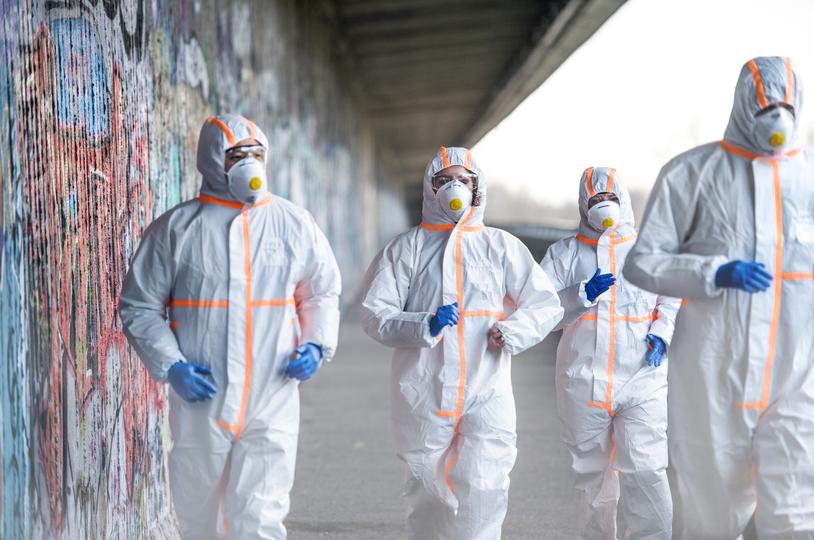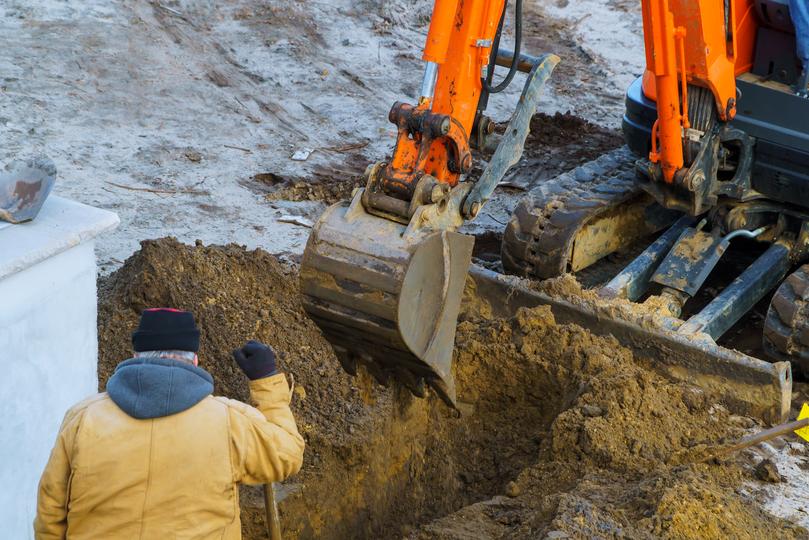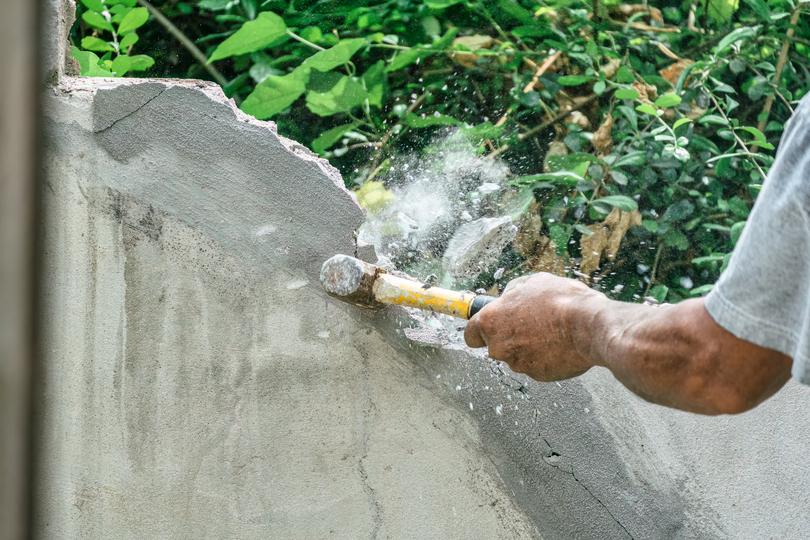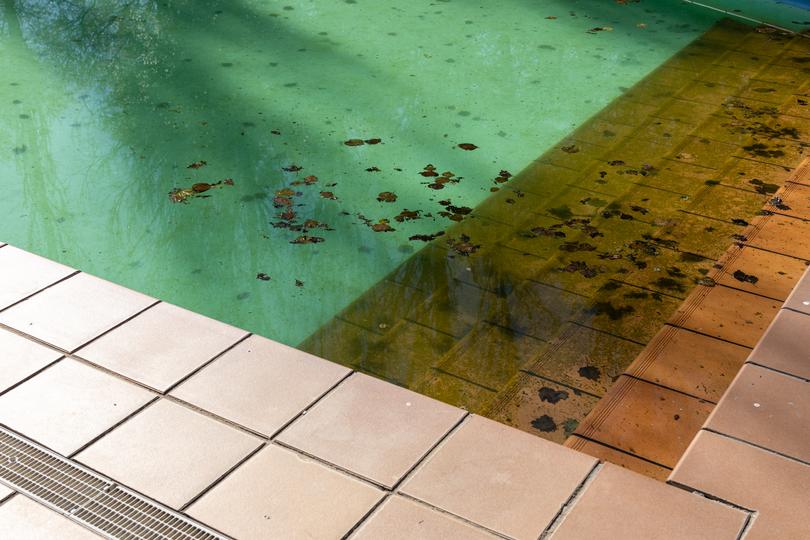Find Certified Asbestos Removal Contractors Near You
Expert Asbestos Removal Services
DemolitionMatch.com connects you with certified and licensed asbestos removal contractors in USA. We specialize in connecting property owners with asbestos removal experts for residential, commercial, and industrial projects.

Need Other Environmental or Demolition Services?
DemolitionMatch.com connects you with a network of qualified contractors. Find professionals for environmental cleanup, hazardous waste disposal and more.
Find licensed and insured demolition contractors near you. Get free quotes for residential and commercial demolition projects.
Need excavation work done? We can connect you with reputable excavation contractors in your area. Get quotes for your project today.
We specialize in safe and efficient commercial demolition services. Our experienced team handles projects of all sizes.
Need to get rid of your old pool? We offer safe and affordable pool removal services, including inground and above ground pools.
Need an old house torn down? We provide safe and efficient house demolition services, preparing your lot for new construction.
We offer expert concrete demolition and removal services for sidewalks, driveways, patios, and other concrete structures.
Find reliable and experienced construction companies in your area for new home builds, renovations, and commercial projects.
Finding the Right Asbestos Removal Contractor Is Easy
DemolitionMatch.com simplifies connecting with certified and licensed asbestos removal contractors in USA.

- Tell Us About Your Asbestos Removal Needs
- Describe the type of property (residential, commercial, etc.), the suspected asbestos location, and the scope of removal.
- We Connect You With Certified Professionals
- We match you with qualified and licensed asbestos removal contractors near you.
- Compare Quotes & Choose The Best Fit
- Review quotes, compare services, and select the asbestos abatement contractor who best suits your needs and budget.
- Ensure Safe Asbestos Removal!
- Begin your asbestos removal project with confidence, knowing you've chosen certified professionals from DemolitionMatch.com.
Why Choose DemolitionMatch.com for Asbestos Removal?
Why Choose DemolitionMatch for Your Demolition Needs?
Asbestos abatement is a critical process that requires specialized expertise and careful handling. DemolitionMatch.com connects you with certified and licensed asbestos removal contractors in USA. Here's why we're the trusted choice: We make it easy to find and compare qualified demolition contractors in your area. Here's how:

- Certified & Licensed Professionals
- We only work with asbestos removal contractors who hold the necessary certifications and licenses, ensuring they comply with safety and environmental regulations.
- Safe & Compliant Removal
- Our contractors follow strict safety protocols to minimize asbestos fiber release during removal, protecting your health and the environment.
- Comprehensive Asbestos Services
- We offer a wide range of asbestos abatement services, including remediation and air monitoring, to handle any asbestos-related project.
- Competitive Quotes, Transparent Pricing
- Receive multiple quotes from certified asbestos removal contractors and compare pricing and services to find the best value.
- Minimize Disruption, Maximize Safety
- Our asbestos abatement professionals work efficiently to complete your project on time and with minimal disruption while adhering to the highest safety standards.
- Free and Easy to Use
- DemolitionMatch.com is a free service, connecting you with qualified asbestos removal contractors without any obligation.
Asbestos Abatement for Your Business?
Commercial Asbestos Removal
We connect businesses with certified asbestos removal experts for safe and compliant asbestos abatement in commercial properties, including office buildings, industrial facilities, and more.

Need excavation work done? We can connect you with reputable excavation contractors in your area. Get quotes for your project today.

We specialize in safe and efficient commercial demolition services. Our experienced team handles projects of all sizes.

We offer expert concrete demolition and removal services for sidewalks, driveways, patios, and other concrete structures.

We provide safe and certified asbestos removal services to protect your health and the environment. Our team follows all regulations for proper disposal.

Find reliable and experienced construction companies in your area for new home builds, renovations, and commercial projects.
Asbestos Abatement for Your Home?
Residential Asbestos Removal
Protect your family's health with our certified residential asbestos removal services. We connect homeowners with qualified asbestos abatement professionals in USA.

Find licensed and insured demolition contractors near you. Get free quotes for residential and commercial demolition projects.

Need excavation work done? We can connect you with reputable excavation contractors in your area. Get quotes for your project today.

Need to get rid of your old pool? We offer safe and affordable pool removal services, including inground and above ground pools.

Need an old house torn down? We provide safe and efficient house demolition services, preparing your lot for new construction.

We offer expert concrete demolition and removal services for sidewalks, driveways, patios, and other concrete structures.

We provide safe and certified asbestos removal services to protect your health and the environment. Our team follows all regulations for proper disposal.

Find reliable and experienced construction companies in your area for new home builds, renovations, and commercial projects.
Ready to Get Started with Safe Asbestos Removal?
Find Certified Asbestos Removal Contractors on DemolitionMatch.com!
Get free quotes, compare services, and connect with licensed professionals for asbestos abatement in USA.
Asbestos Removal Glossary
Asbestos
Asbestos Abatement
Asbestos-Containing Material (ACM)
Friable Asbestos
Non-Friable Asbestos
Asbestos Inspection
Asbestos Testing
Asbestos Removal
Asbestos Encapsulation
Asbestos Enclosure
Personal Protective Equipment (PPE)
Containment Area
Negative Air Pressure
HEPA Filter
Air Monitoring
Frequently Asked Questions About Asbestos Removal
How much does asbestos removal cost?
- The amount of asbestos-containing material (ACM) to be removed.
- The type of ACM (friable or non-friable).
- The location and accessibility of the ACM.
- Disposal fees, which vary by location and regulations.
- Any necessary permits or inspections.
How long does asbestos removal take?
What is the asbestos removal process?
- Inspection and Assessment:
- Asbestos Removal Plan:
- Containment:
- Removal:
- Disposal:
- Clearance Testing:
What are the different types of asbestos?
- Chrysotile (white asbestos):
- Amosite (brown asbestos):
- Crocidolite (blue asbestos):
- Anthophyllite:
- Tremolite:
- Actinolite:
Do I need a license to remove asbestos?
How do I choose an asbestos removal contractor?
- Licenses and Certifications:
- Experience and Expertise:
- Insurance Coverage:
- Safety Record:
- References and Reviews:
- Transparent Pricing and Detailed Quotes:
What are the health risks of asbestos?
- Mesothelioma:
- Lung Cancer:
- Asbestosis:
- Pleural Diseases:
Can I remove asbestos myself?
Where can asbestos be found in a home?
- Insulation:
- Roofing:
- Flooring:
- Siding:
- Textured Paints and Coatings (popcorn ceilings):
- Pipe and Duct Insulation:
- Cement Sheets and Boards:
- Vinyl Floor Tiles:
How do I test for asbestos?
What is asbestos abatement?
- Removal:
- Encapsulation:
- Enclosure:
What are the regulations for asbestos removal in USA?
- Licensing and certification of asbestos abatement professionals.
- Permits for asbestos removal work.
- Specific procedures for handling, transporting, and disposing of asbestos waste.
- Air monitoring and clearance testing after abatement.
- Notification requirements for neighbors and local authorities.
How is asbestos disposed of?
- Double-bagging asbestos waste in specialized, labeled bags.
- Transporting the bagged waste to a licensed asbestos disposal facility.
- Disposing of the asbestos waste in designated landfills according to strict protocols.
What is an asbestos management plan?
What is an asbestos survey?
- Management Surveys:
- Refurbishment and Demolition Surveys:
What is friable asbestos?
What is non-friable asbestos?
How can I protect myself from asbestos exposure during demolition or renovation?
What should I do if I find asbestos in my home or business?
- Do not disturb or attempt to remove it yourself.
- Contact a licensed asbestos abatement professional for assessment and removal.
- Follow their recommendations for minimizing exposure risks until the asbestos is safely abated.
How can I tell if a material contains asbestos?
What is vermiculite, and how is it related to asbestos?
What is the difference between asbestos air monitoring and clearance testing?
What are the penalties for improper asbestos removal?
How can DemolitionMatch.com help me find asbestos removal contractors?
How much does asbestos removal cost?
- The amount of asbestos-containing material (ACM) to be removed.
- The type of ACM (friable or non-friable).
- The location and accessibility of the ACM.
- Disposal fees, which vary by location and regulations.
- Any necessary permits or inspections.
How long does asbestos removal take?
What is the asbestos removal process?
- Inspection and Assessment:
- Asbestos Removal Plan:
- Containment:
- Removal:
- Disposal:
- Clearance Testing:
What are the different types of asbestos?
- Chrysotile (white asbestos):
- Amosite (brown asbestos):
- Crocidolite (blue asbestos):
- Anthophyllite:
- Tremolite:
- Actinolite:
Do I need a license to remove asbestos?
How do I choose an asbestos removal contractor?
- Licenses and Certifications:
- Experience and Expertise:
- Insurance Coverage:
- Safety Record:
- References and Reviews:
- Transparent Pricing and Detailed Quotes:
What are the health risks of asbestos?
- Mesothelioma:
- Lung Cancer:
- Asbestosis:
- Pleural Diseases:
Can I remove asbestos myself?
Where can asbestos be found in a home?
- Insulation:
- Roofing:
- Flooring:
- Siding:
- Textured Paints and Coatings (popcorn ceilings):
- Pipe and Duct Insulation:
- Cement Sheets and Boards:
- Vinyl Floor Tiles:
How do I test for asbestos?
What is asbestos abatement?
- Removal:
- Encapsulation:
- Enclosure:
What are the regulations for asbestos removal in USA?
- Licensing and certification of asbestos abatement professionals.
- Permits for asbestos removal work.
- Specific procedures for handling, transporting, and disposing of asbestos waste.
- Air monitoring and clearance testing after abatement.
- Notification requirements for neighbors and local authorities.
How is asbestos disposed of?
- Double-bagging asbestos waste in specialized, labeled bags.
- Transporting the bagged waste to a licensed asbestos disposal facility.
- Disposing of the asbestos waste in designated landfills according to strict protocols.
What is an asbestos management plan?
What is an asbestos survey?
- Management Surveys:
- Refurbishment and Demolition Surveys:
What is friable asbestos?
What is non-friable asbestos?
How can I protect myself from asbestos exposure during demolition or renovation?
What should I do if I find asbestos in my home or business?
- Do not disturb or attempt to remove it yourself.
- Contact a licensed asbestos abatement professional for assessment and removal.
- Follow their recommendations for minimizing exposure risks until the asbestos is safely abated.